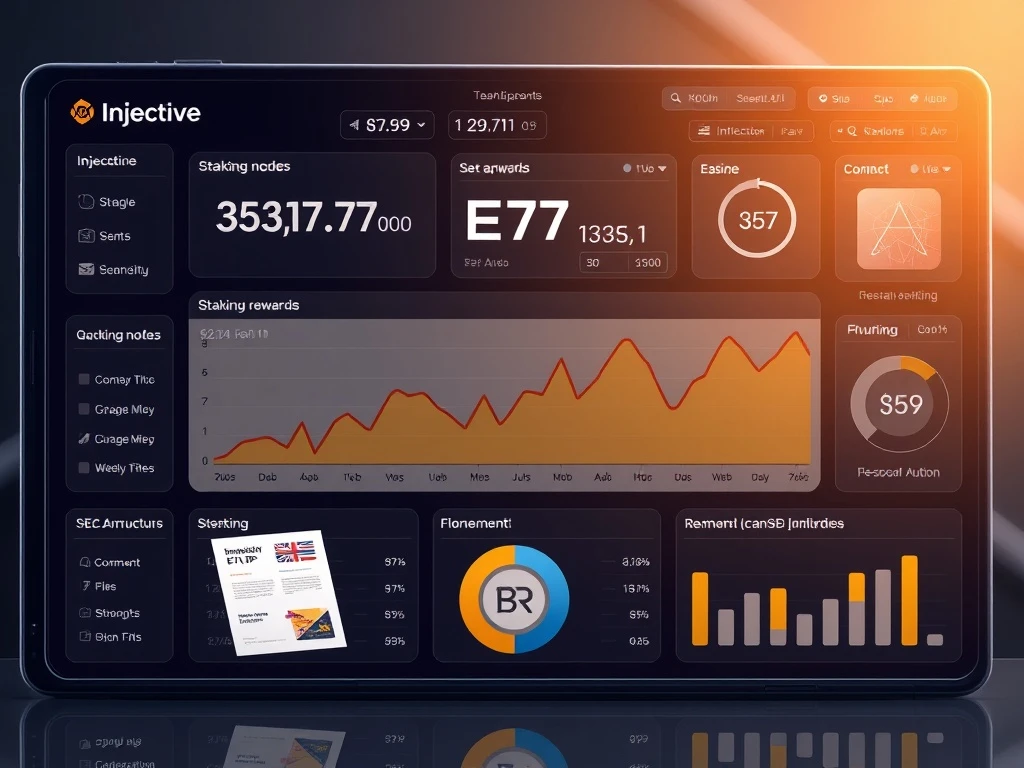Staked Injective ETF: Cboe’s Bold Move to Revolutionize Crypto Investments with SEC’s 2025 Guidance

The crypto world is buzzing with excitement as the Chicago Board Options Exchange (Cboe) files a groundbreaking Staked Injective ETF proposal. This innovative product could redefine how investors engage with digital assets, blending traditional finance with DeFi’s passive income potential. But what makes this ETF stand out, and how does it leverage the SEC’s 2025 guidance? Let’s dive in.
What Is the Staked Injective ETF?
The Canary Staked Injective ETF, proposed by Canary Capital Group LLC, is a first-of-its-kind exchange-traded fund tied to Injective Protocol’s INJ token. Unlike conventional crypto ETFs, this product offers dual benefits:
- Exposure to INJ’s price movements
- Passive income through blockchain staking rewards
By locking tokens on the Injective blockchain, investors earn rewards while supporting network operations. Canary Capital plans to use a regulated staking provider to ensure compliance and transparency.
How Does the SEC’s 2025 Guidance Impact This ETF?
In May 2025, the SEC’s Division of Corporation Finance hinted that certain staking activities might not qualify as securities offerings. This opened doors for staking-based products like the Staked Injective ETF. Key takeaways:
- Regulatory clarity boosts investor confidence
- DeFi-linked passive income strategies gain traction
- Traditional finance integrates blockchain innovations
Why Is Crypto Staking a Game-Changer for ETFs?
Staking transforms how investors interact with digital assets. Here’s why it matters:
| Feature | Traditional ETF | Staked Injective ETF |
|---|---|---|
| Income Stream | Single (price appreciation) | Dual (price + staking rewards) |
| Regulatory Hurdles | High | Moderate (aligned with SEC guidance) |
What’s Next for the Staked Injective ETF?
The SEC’s approval process involves two steps: an S-1 registration and a 19b-4 filing. While outcomes are uncertain, this filing signals crypto markets’ maturation. Success depends on:
- Investor appetite for yield-enhancing structures
- SEC’s evolving stance on staking
FAQs
1. How does the Staked Injective ETF work?
It tracks INJ’s price and distributes staking rewards to investors, managed by a regulated provider.
2. What are the risks?
Regulatory uncertainty and market volatility could impact returns.
3. When will the ETF launch?
Pending SEC approval, likely in late 2025 or early 2026.
4. How does staking generate rewards?
By locking tokens to support blockchain operations, investors earn network incentives.









